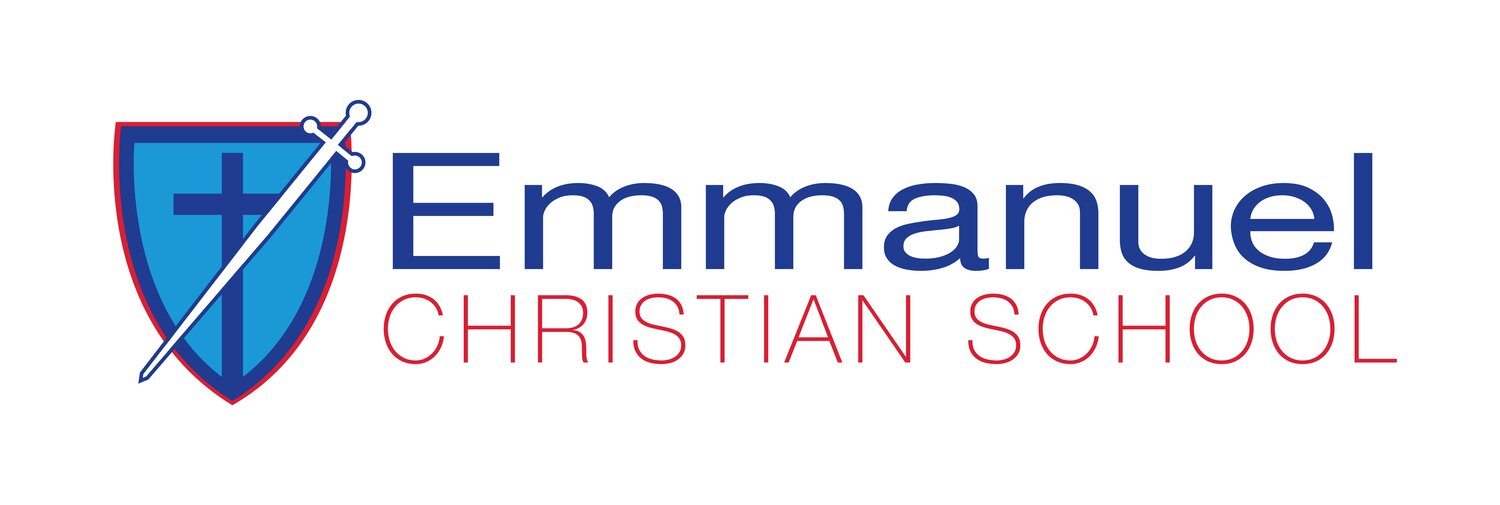Feedback
In my previous article, I wrote about developing intrinsic motivation in students and the importance of Carol Dweck's research into Growth Mindset. Through her research, Dweck, a psychologist at Stanford University, identifies two core mindsets that individuals can hold. A Fixed Mindset and a Growth Mindset.
The traits we see for an individual with a Fixed Mindset are that they believe their abilities are etched in stone and were predetermined at birth. They approach tasks with preconceived ideas about what the outcome will be, based on their own beliefs, before the task has even started.
However, individuals who possess a Growth Mindset believe that their skills and abilities can be cultivated through effort and perseverance. These individuals view tough situations as challenges and are willing to apply multiple strategies or seek assistance to solve the problem.
“individuals who possess a Growth Mindset believe that their skills and abilities can be cultivated through effort and perseverance.”
For most of us, going between these two mindsets is a daily occurrence depending on the task we face. Being able to identify when we are developing a Fixed Mindset and being able to turn that around is critical.
For educators trying to motivate students, this can be a challenge. Being able to identify students who get stuck can be tricky, particularly if they are quiet. Fostering an environment and creating a culture where students feel safe and are able to make mistakes is vital. At Emmanuel, teachers are doing this by actively engaging students in discussions about Growth Mindset, having students refer to Growth Mindset statements, displaying Growth Mindset vocabulary, and of course, modelling a Growth Mindset. All these examples can assist students in changing their thinking and their approach to learning.
Next time you are in your child's classroom, look out for the Growth Mindset displays. You will see statements like:
Instead of thinking I’m not good at this try thinking what am I missing?
Instead of thinking this is too hard try thinking this may take some time and effort.
Instead of thinking I made a mistake try thinking mistakes help me to learn better.
Instead of thinking it’s good enough try thinking is it really my best work.
Instead of thinking plan ‘A’ didn’t work try thinking good thing the alphabet has 25 more letters.
Another important strategy for teachers in developing a Growth Mindset is by giving feedback. Feedback is also an integral part of the Visible Learning approach that we, as a school, are committed to. Feedback has an effect size of 0.70. Remember last article, 0.40 is effect size that we can expect from a year’s schooling. Therefore, a score higher than this can only have a positive impact on learning.
Feedback needs to be given with consideration though. Teachers and parents alike need to ensure that praise is being given in a meaningful and purposeful way.
“At Emmanuel, we want to see every student become the best version of themselves as possible.”
Unfortunately, some people provide feedback that centres on effort and praising effort and believe that they are promoting a Growth Mindset. Sadly, this is what Carol Dweck refers to as a ‘False Growth Mindset’. Learning requires more than just effort. Effort is a single part of a larger process. This process involves a variety of factors, hard work, perseverance, multiple strategies, collaboration, and focus, to name a few.
Feedback needs to be given with ‘where to next’ in mind. Students need to understand where they currently are in the learning process and what they can do to take themselves to the next level. At Emmanuel, we want to see every student become the best version of themselves as possible. Growth Mindset is a journey and needs to be encouraged at both home and school. Students engaging with a Growth Mindset will help them achieve success in their lives.
Drew Roberts - Deputy Principal


